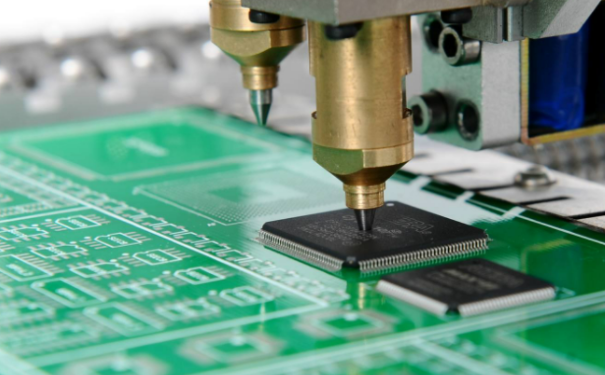Manual Welding Technology for Electronic Components
Date:2023-04-25 14:08:55 Views:1590
The manual welding technology of electronic components is a very important part of electronic engineering, especially in the era of traditional handmade circuit boards, where manual welding technology is an indispensable skill. With the development of automated processing technology in electronic equipment, manual welding technology is gradually being phased out. However, for electronic product manufacturers who pursue high quality and reliability, manual welding technology is still a necessary choice. This article will introduce the basic principles, tools, and materials of manual welding technology, as well as the precautions and common problems of manual welding technology.
The basic principles of manual welding technology
Manual welding technology mainly involves manually fixing electronic components onto a circuit board and connecting them to the circuit board through welding. The basic principle of manual welding technology is to use high temperature to melt the welding points between electronic components and circuit boards, making them connected together. In this process, special welding tools such as soldering iron and welding table need to be used to control the welding temperature and time to ensure the strength and quality of the welding points.

Tools and materials for manual welding technology
Solder iron: Solder iron is one of the most important tools in manual welding technology. The shape and size of the soldering iron head can be selected according to needs. Generally speaking, the size of the soldering iron head should match the size of the electronic components to ensure the quality of the welding points.
Welding station: A welding station is a tool that can fix electronic components and circuit boards together. The welding table usually consists of a bracket and a heating element, which can control the temperature and time of welding.
Welding wire: Welding wire is a material specifically used for manual welding technology. It is usually made of soft wires and can provide high-temperature heat during the welding process to ensure the quality of the welding points.
Electronic components: Electronic components are one of the most important materials in manual welding technology. Different types of electronic components require different welding tools and methods to ensure the quality of the welding points.
Precautions and common problems of manual welding technology
Attention: When using manual welding technology, it is necessary to pay attention to safety precautions, such as wearing gloves, goggles, etc., while avoiding direct contact between the soldering iron head and skin and clothing to avoid injury.
Common problems: The common problems of manual welding technology include unstable welding points, insufficient strength of welding points, and cracks in welding points. These problems are usually caused by insufficient welding temperature and time, improper use of welding tools, and poor quality of electronic components.
Welding quality inspection: After welding is completed, it is necessary to conduct quality inspection on the welding points to ensure their strength and quality. The commonly used welding quality inspection methods include power on testing, resistance testing, solder ball testing, etc.
Cleaning after welding: After welding is completed, it is necessary to clean the circuit board and welding points to ensure a clean and tidy surface of the circuit board. Common cleaning methods include alcohol cleaning, ultrasonic cleaning, etc.
Manual welding technology is a very important part of electronic engineering, and for electronic product manufacturers who pursue high quality and reliability, manual welding technology is still a necessary choice. When using manual welding technology, it is necessary to strictly comply with safety regulations, correctly select and use welding tools and materials, and strictly control the welding temperature and time to ensure the quality of the welding points. At the same time, cleaning and inspection after welding are required to ensure the quality and reliability of the welding points.
The above is the content related to "manual welding technology for electronic components" brought about by this core detection. We hope it can be helpful to everyone, and we will bring more exciting content in the future. The company's testing services cover various testing projects, including electronic component testing and verification, IC authenticity identification, product design and material selection, failure analysis, functional testing, factory incoming material inspection, and tape weaving. Welcome to call Chuangxin Testing, we will be happy to serve you.




 Weixin Service
Weixin Service

 DouYin
DouYin
 KuaiShou
KuaiShou





















